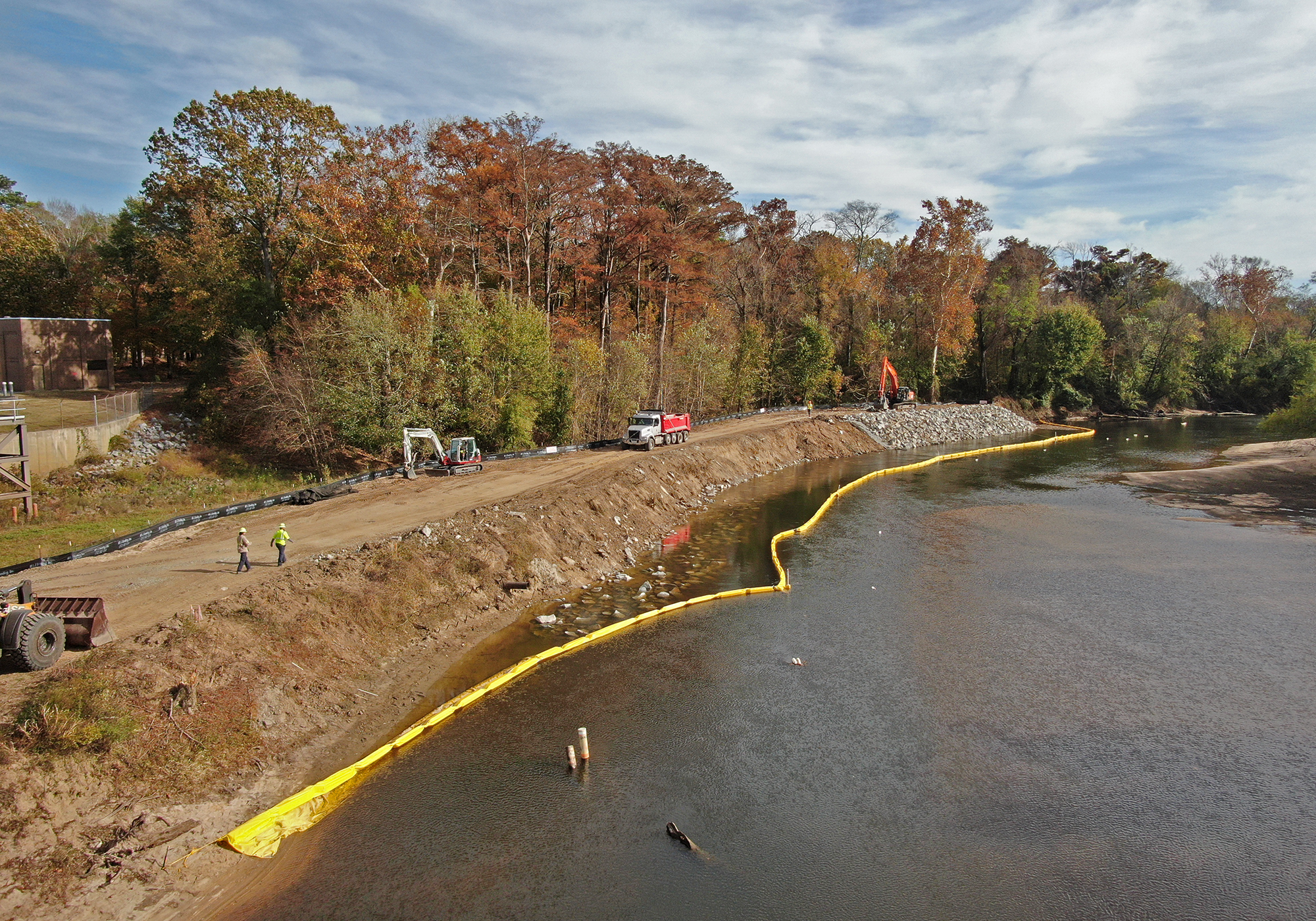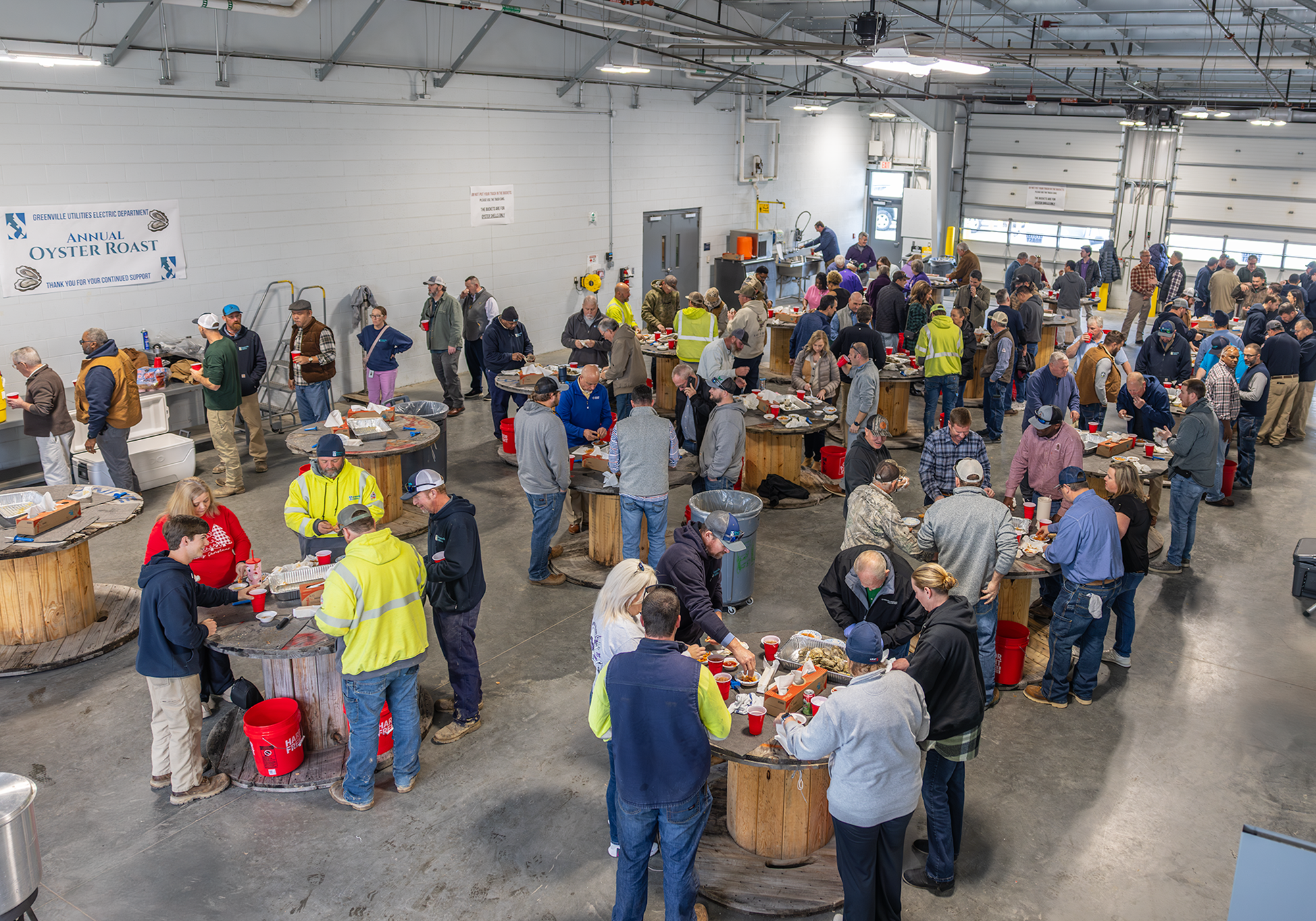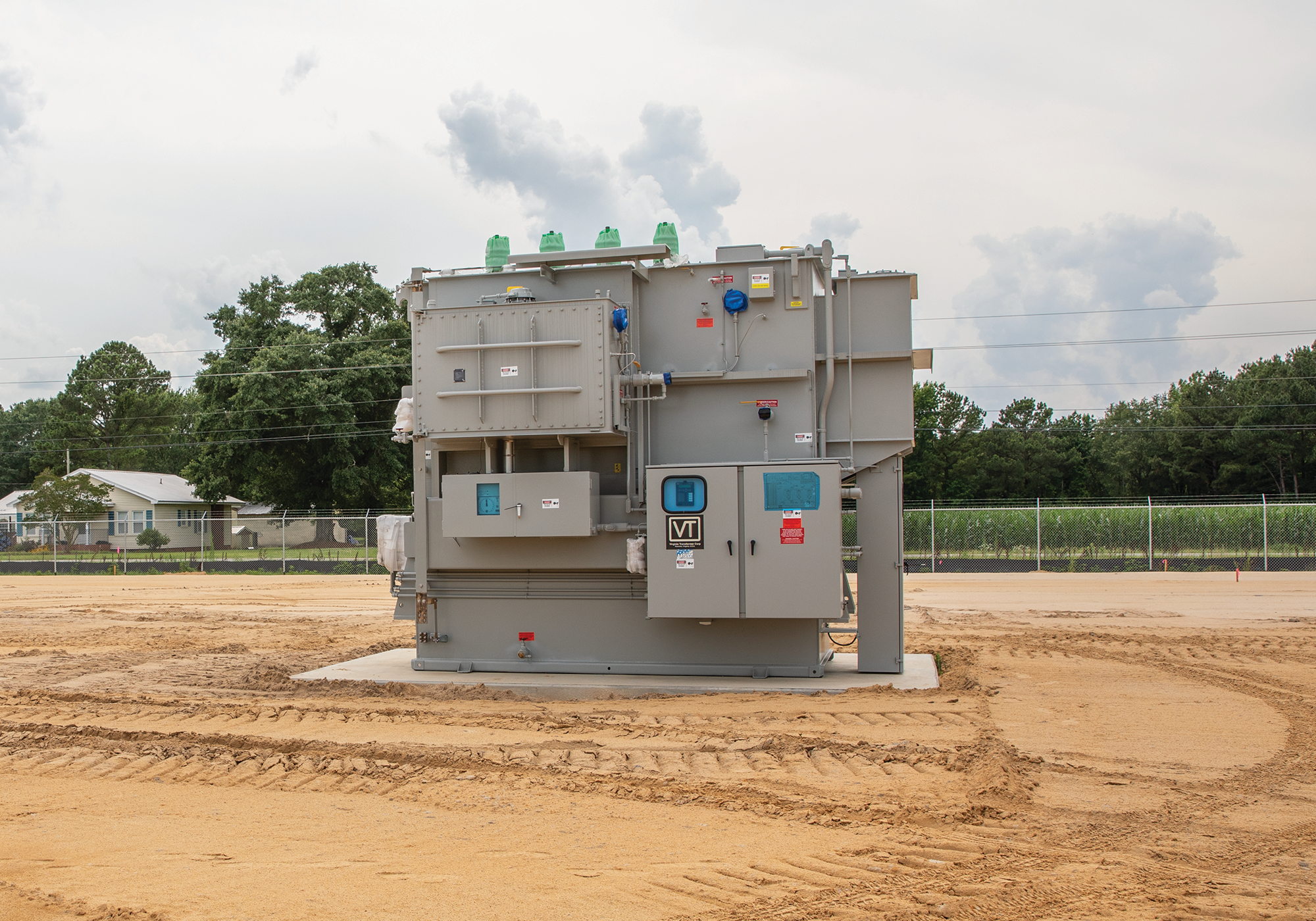
Work began this month on the Water Treatment Plant’s Riverbank Stabilization Project after an environmental survey determined the project would not harm aquatic life. Riverbank stabilization is vital in preventing erosion and intake screen damage.
The water treatment process begins with bringing water in from the Tar River through four intakes. Each intake has a pair of screens that keep out large debris.
Over the years, significant amounts of erosion along the bank have not only damaged the intake screens and required replacements and repairs but affected the stability of the riverbank, too. Riverbank stabilization is important for both the health of the Tar River and its inhabitants.
In September, environmental consultants with Three Oaks Engineering put on scuba gear and surveyed the riverbed 500 meters upstream and 100 meters downstream of the Plant’s intake screens. Required by the US Fish and Wildlife Service, the survey showed that the aquatic life near the intake screens is thriving and will not be disrupted by the project.
The survey notes that this area of the Tar River continues to support a diverse group of mussels critical to the natural cleaning of our river water, as well as the endangered Neuse River Waterdog found only in the Tar and Neuse River basins.
In preparation for the Town Common bulkhead construction, the City of Greenville used the same consultants earlier in the summer and found similar species thriving along the Town Common area of the Tar River.
For the past couple of years, our Water Resources staff have worked with the US Army Corps of Engineers on the best plan for repairing the riverbank. The Corps will provide 65% of the funding for their recommended repairs, while GUC will cover the remainder, which is approximately $757,000.
The Corps awarded the contract to Bering Straits Native Corporation to complete the stabilization project. Work will take approximately two months to improve the bank’s overall stability while also respecting the wildlife within the river.






